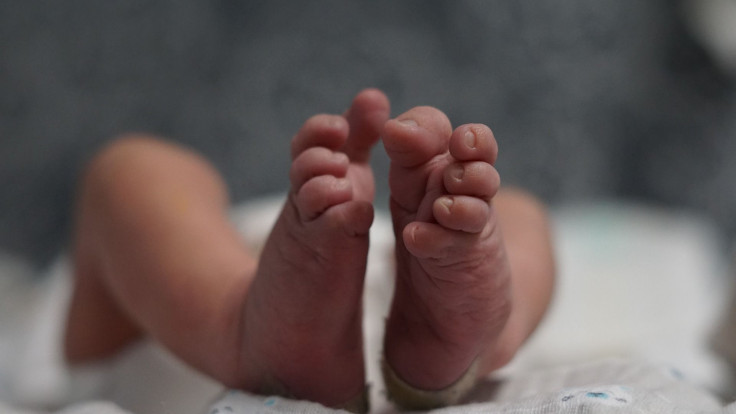2-Month-Old Baby With Hole In His Heart Has It Fixed Without Surgery
A 2-month-old baby has become a success story for the doctors at JJ Hospital in Mumbai, India. The medical experts were able to fix a hole in the infant’s tiny heart through a non-surgical procedure, giving the child a remarkable chance at living a normal, healthy life.
Parents Rahul, 26, and Reshma Rathod, 23, noticed that their little one would find it hard to breathe properly and could not sleep well either. When Reshma would try to breastfeed the baby, named Kartik, they would see the infant's breathlessness grow severe, according to The Times of India. Concerned with the baby’s condition, the parents had tests done on the baby at the Gulbarga hospital, where Kartik was born, in the state of Karnataka.
The tests found that the infant had a 6mm hole in the heart, a condition called Ventricular Septal Defect. The condition causes the blood to be pumped from one chamber of the heart to the other instead of to the rest of the body; this is because of the hole that appears in the wall separating the two chambers. Some of the complications that arise from this condition are low blood supply and congestion of the blood in the lung.
Although doctors at the hospital were able to identify the problem, they did not have the means to operate on Kartik, the father said. The couple decided to take their son to Mumbai. One hospital turned them away saying the baby was “too small” to undergo an operation. However, the doctors at JJ Hospital gave them hope and decided to try fixing the hole without surgery.
The doctors said closure of congenital holes without an open heart surgery is common in adults and older children but noted that it was rare to perform such procedure on babies as young as Kartik, according to India On 24.
“We did a transcatheter procedure, which involved accessing the heart through a major artery of the leg. The catheter is used to carry an umbrella like device, called an occluder, to the defect. Once it reaches there, the device is placed to plug the hole,” said Dr. Kalyan Munde, head of the cardiology department.
Soon after the procedure was performed, Kartik’s parents and doctors saw his condition improve. The infant is now able to eat and sleep better, Dr. Munde said.























